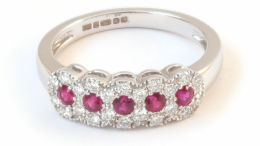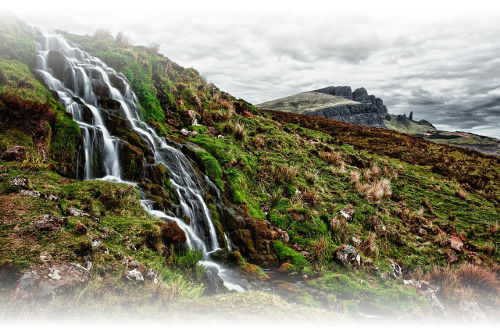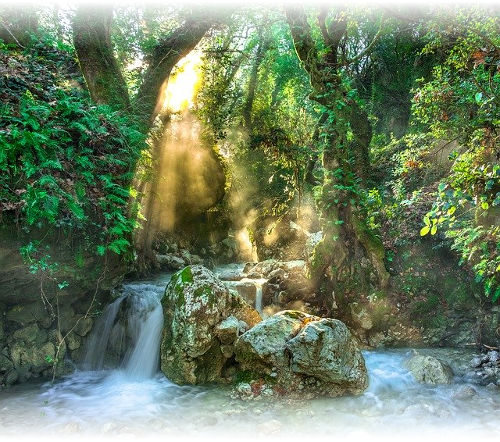Amber as a gemstone is different from most other stones. It is formed from pine tree resin, which is hardened over a long period of time, which separates it from many other stones which are mined from crystal deposits or created artificially. In addition, the stone is organic due to its origins.
Characteristics
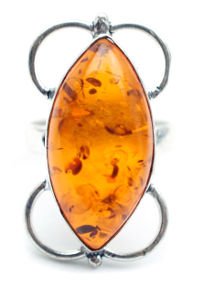
Amber lacks a set chemical formula, and its source means there is no need to mine it unlike most gemstones. It generally exhibits a lustre not unlike smooth surfaced plastic, and leans towards a transparent appearance rather than opaque – although near opaque stones do exist, Amber tends to allow at least a small portion of light to pass through. It should be noted, that it is also rather rare for Amber to be completely transparent, most commonly it ranges from translucent to near opaque. In addition, Amber may exhibit air bubbles trapped beneath the surface which tend to cloud the gemstone to an extent. Apart from air bubbles, Amber can also contain fossilized organisms within it – typically insects such as mosquitoes. This generally occurs due to the way Amber is created: it starts out as a viscous substance in which insects may find themselves trapped, get enclosed by the resin and as the resin hardens and turns into amber, it fossilises the trapped creature inside. Interestingly, these gemstones tend to be more sought after, possibly due to them being made famous in Spielberg's movie Jurassic Park.
Amber is a very soft stone in comparison to other gemstones, usually ranging from 2 to 2.5 on the Mohs hardness scale. This makes it particularly vulnerable to scratches, but it should be noted that it is not just scratches that Amber is vulnerable to: chemicals, other solutions, solvents, any acidic substances, perfume, petrol, and even alcohol are all substances that can harm Amber on contact. In addition, it is flammable – Amber will burn if exposed to fire. Extreme heat or pressure can cause it to crack. Therefore, it is best to handle Amber jewellery with care and always make sure it is not in contact with any harmful substances, and that it is not subjected to heat, knocks or any other harsh environment.
Amber stones are generally not artificially enhanced through treatment, but it is possible for some of them to be created by heating and oiling several amber stones together to create one larger stone. The resulting stone is generally referred to as Pressed Amber.
At times, their lustre may be enhanced through the use of synthetic lubricants or oils.
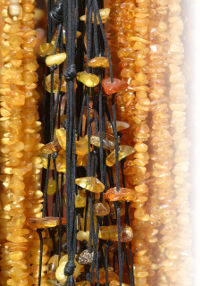
Colour and value
Amber can appear in various colours. Common colours include orange, brown, yellow, and red. Depending on its make up, amber can exhibit any of these tones and – very rarely – a blue colour can emerge. Blue amber is considered to be a rarity, and tends to be found among Dominican Amber. These blue examples of Amber can be quite captivating – they appear blue, but once exposed to light their tone changes to yellow.
Amber is one of the more affordable choices, and can generally be obtained in larger sizes.
Use
In jewellery, Amber is often used as a setting in necklaces, earrings and bracelets. It can also be found in bead form, and tends to be cut into oval or teardrop shapes when set. Apart from settings, it is also found in cabochons. It is rare for Amber to be used in a gemstone cut, although it can be used for ornamental carvings. In addition to this, it can often be found as part of figurines made of other materials, usually to enhance their visual appeal.
Sources
While Dominican Amber can be one of the most appealing varieties, this gemstone is most commonly found around the Baltic Sea. Latvia and Lithuania are considered to be important producers of Amber, as is the Kaliningrad Oblast (a separated part of Russia with access to the Baltic Sea). In addition, Northern Poland is a significant source of Baltic Amber too.
Interestingly, some of the Baltic Amber can be harvested directly from the Baltic Sea as it is washed ashore.
Away from the Baltic Sea, Amber can be found in countries such as Germany, Italy, Burma, The United States (particularly the states of New Jersey and Arkansas), as well as Canada and Mexico.



